The City of Los Angeles is particularly interested in knowing where certain biodiversity invasive species are found.
The City of Los Angeles is interested in knowing where important invasive plants are found. Invasive plants did not evolve within Los Angeles, having been introduced by human activity from elsewhere in the world, and they harm the native biodiversity that sustains Angelenos. Understanding where these plants are found is crucial to track the spread of invasives and reduce the negative effect they have on Los Angeles' ecosystems. The invasive plant species cards below highlight some key invasives that are particularly harmful and easily recognizable. They can be found potentially anywhere, from highly urban areas to large natural open space, so your observations of invasive plants will be essential for the City and local researchers.
The invasive species cards below indicate where you are likely to spot certain species. You can also learn more with LA Sanitation and Environment's comprehensive guide, Biodiversity Indicator Species Booklet, which can found on their website. Your observations of invasive species will be extremely important to City staff and local scientists to reduce the negative impact they have on our local ecosystems.
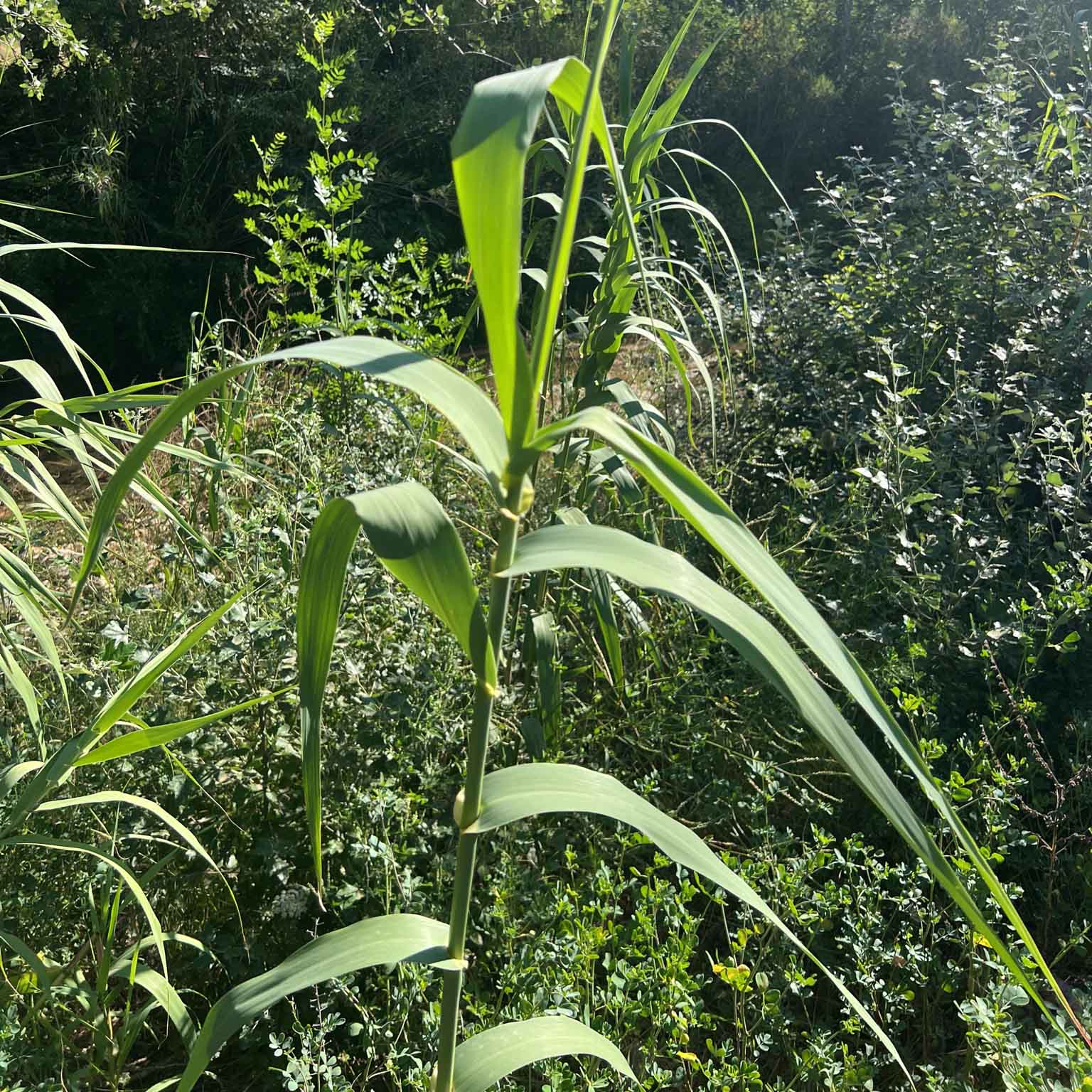 Scott Loarie
Scott Loarie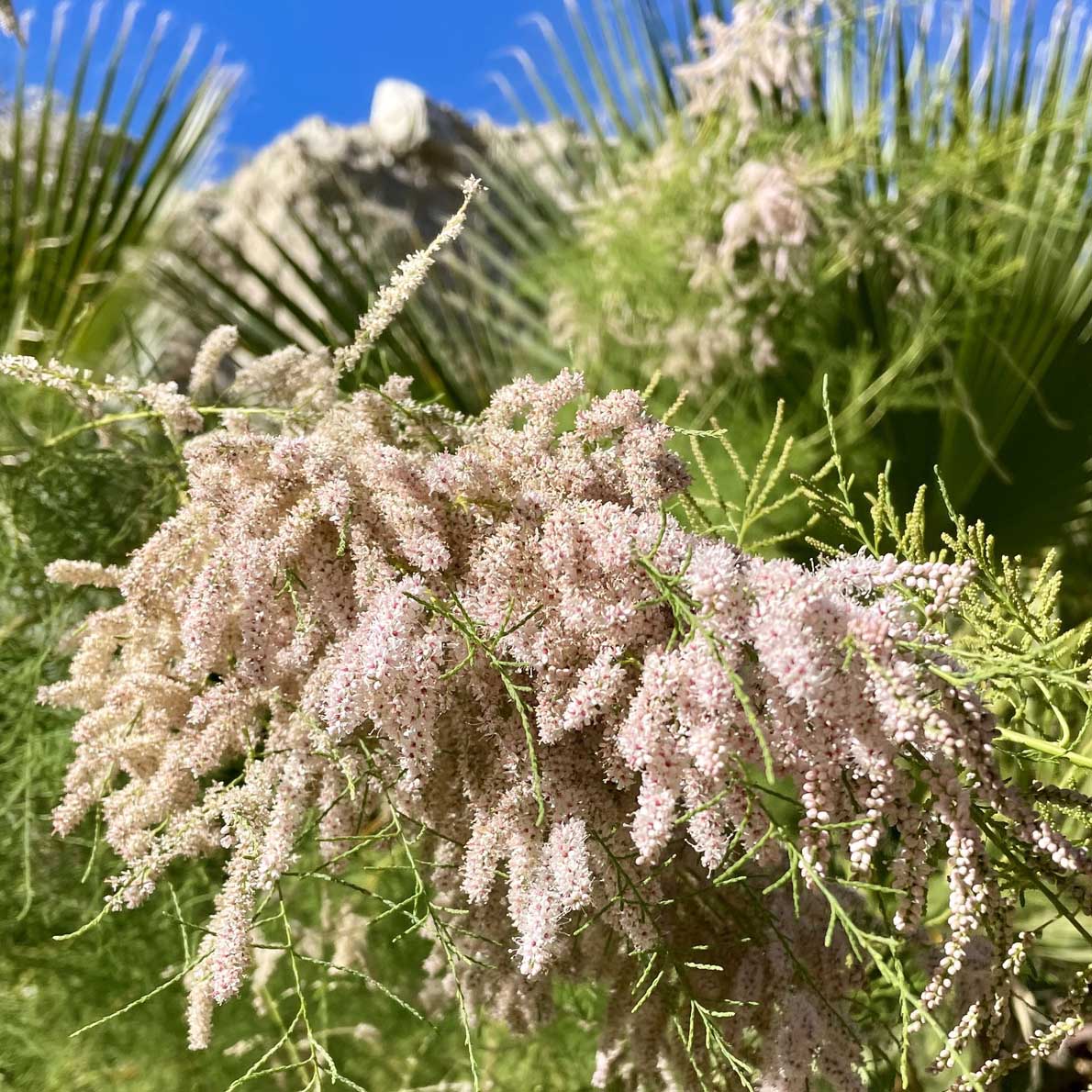 Irene
Irene Quentin Groom
Quentin Groom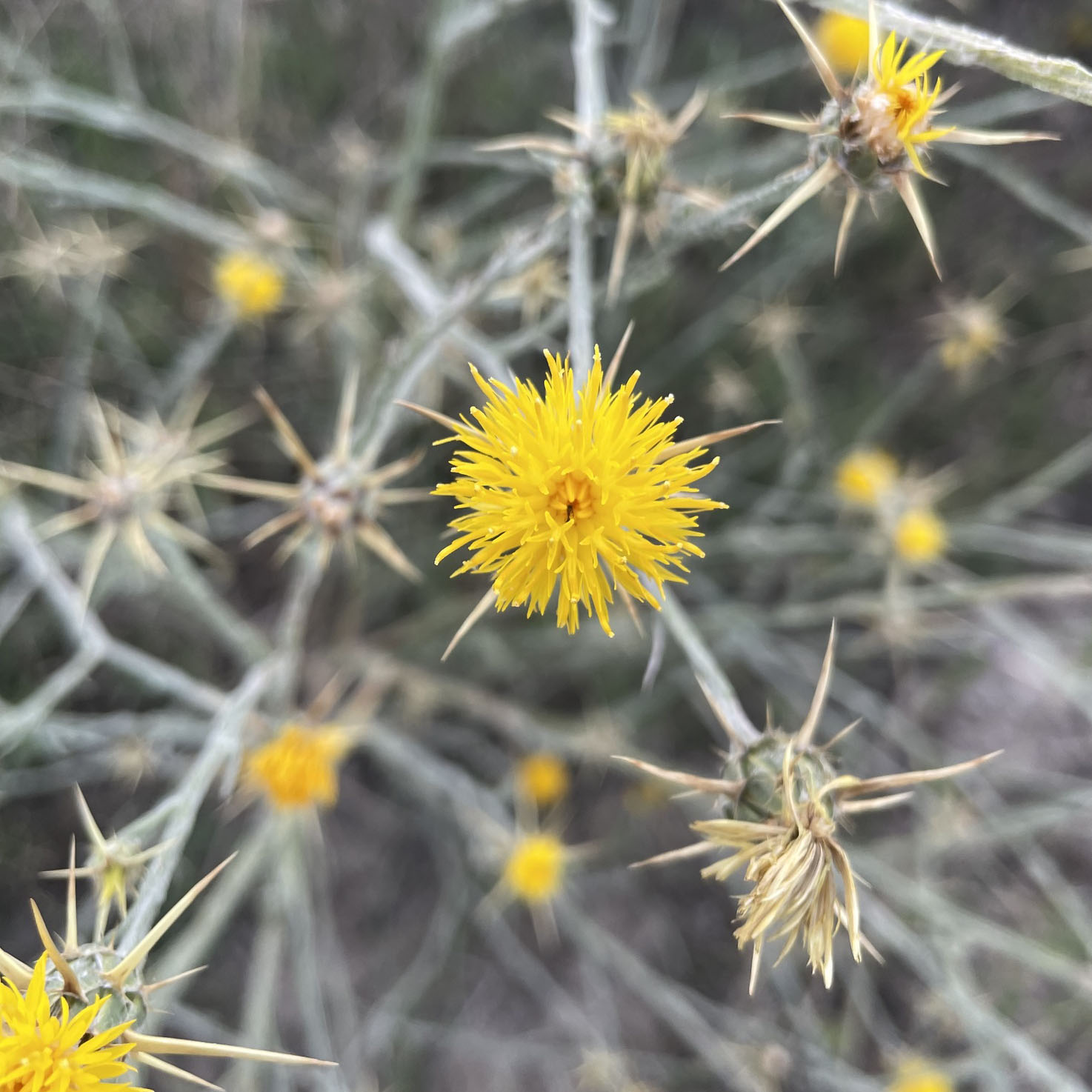 Kallum McDonald
Kallum McDonald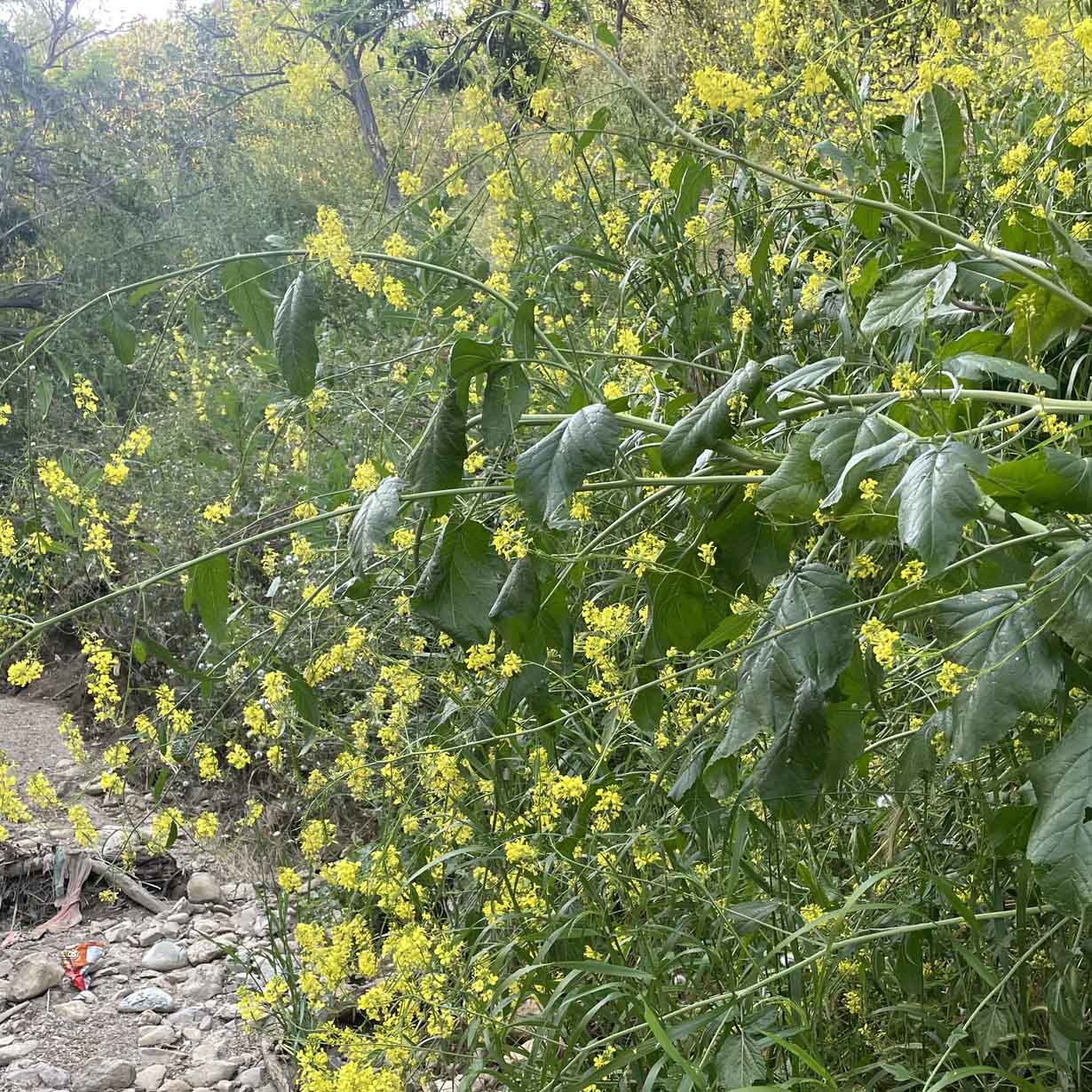 Jesse Rorabaugh
Jesse Rorabaugh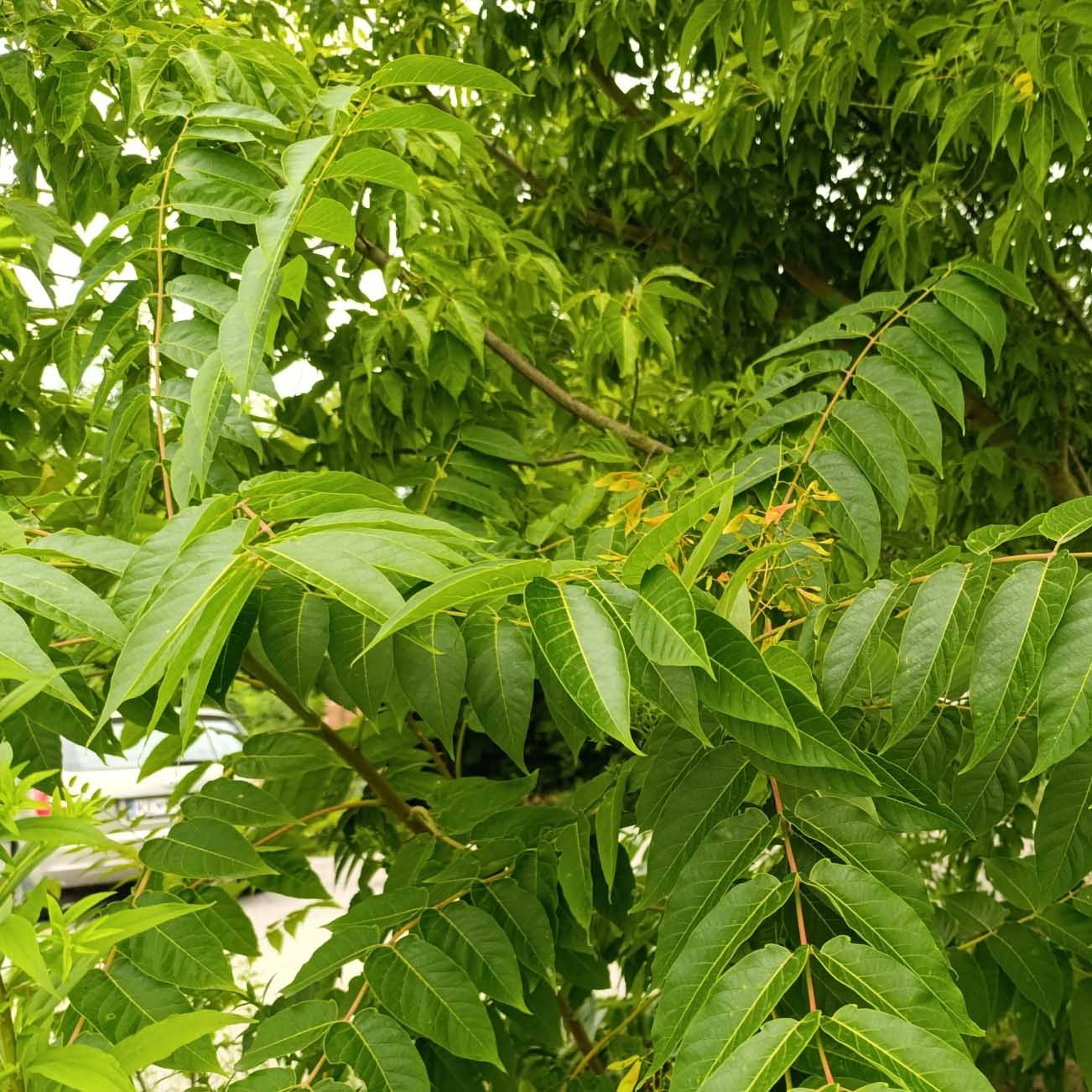 Branislav Tej
Branislav Tej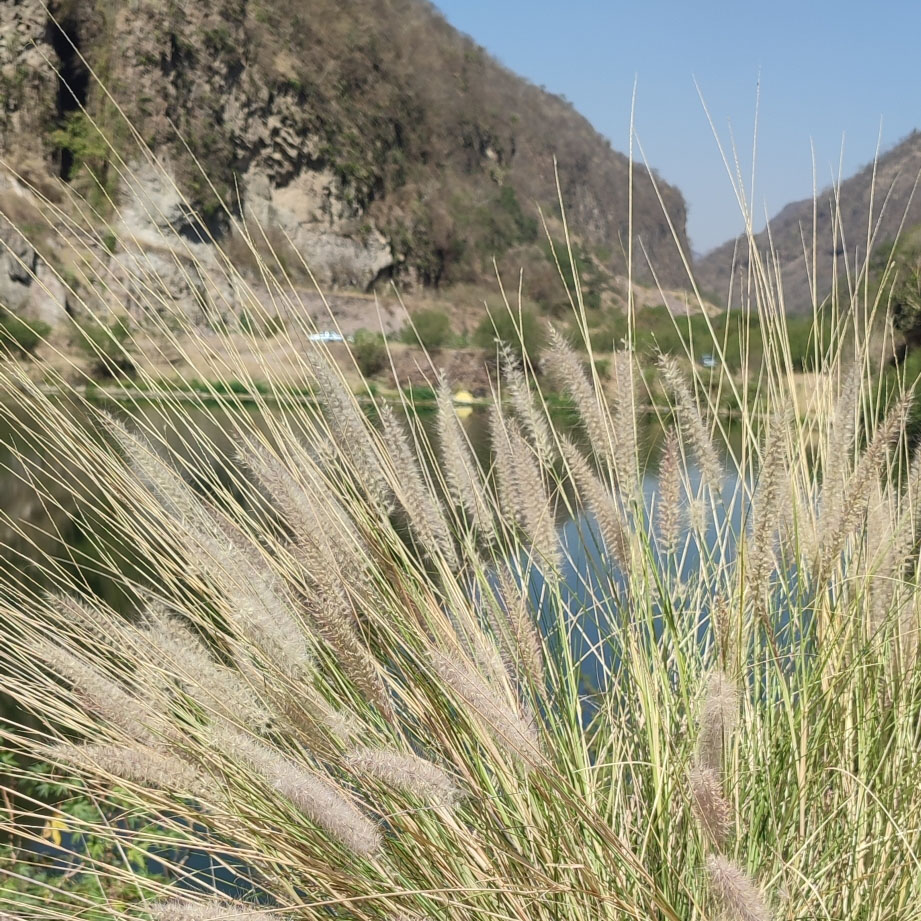 Ana Nuño
Ana Nuño Peter F
Peter F Ana Nuño
Ana Nuño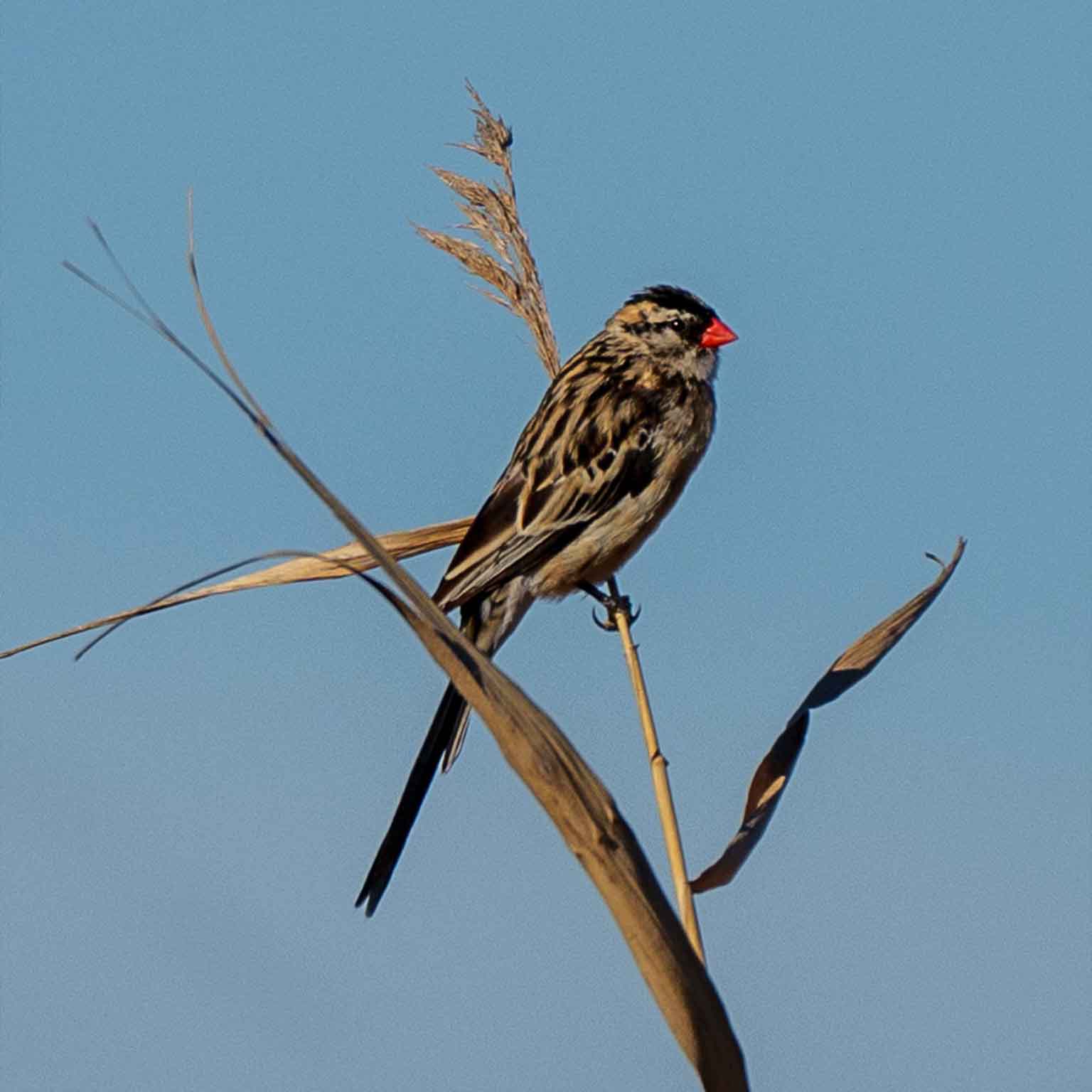 bdhimes
bdhimes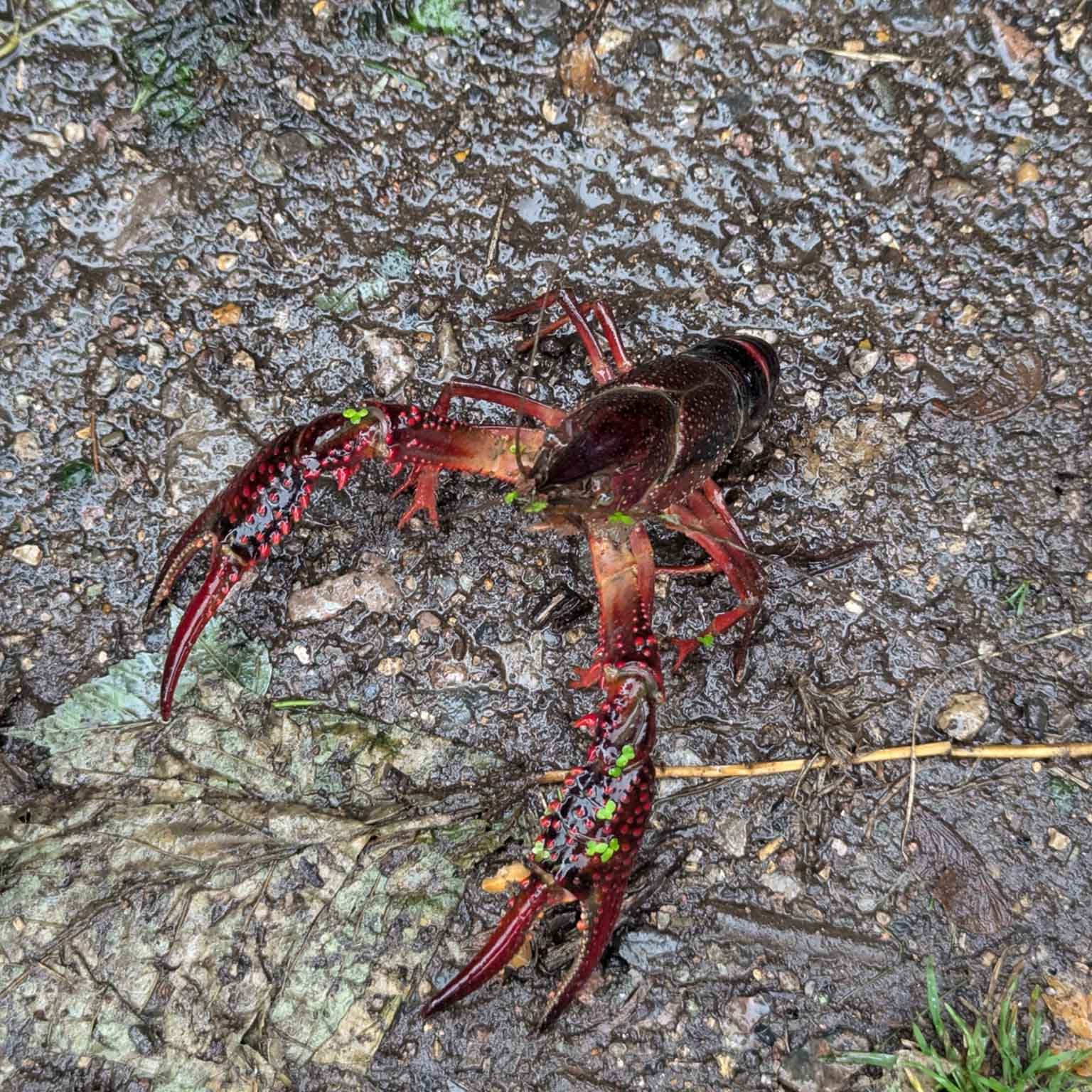 Piermario Maculan
Piermario Maculan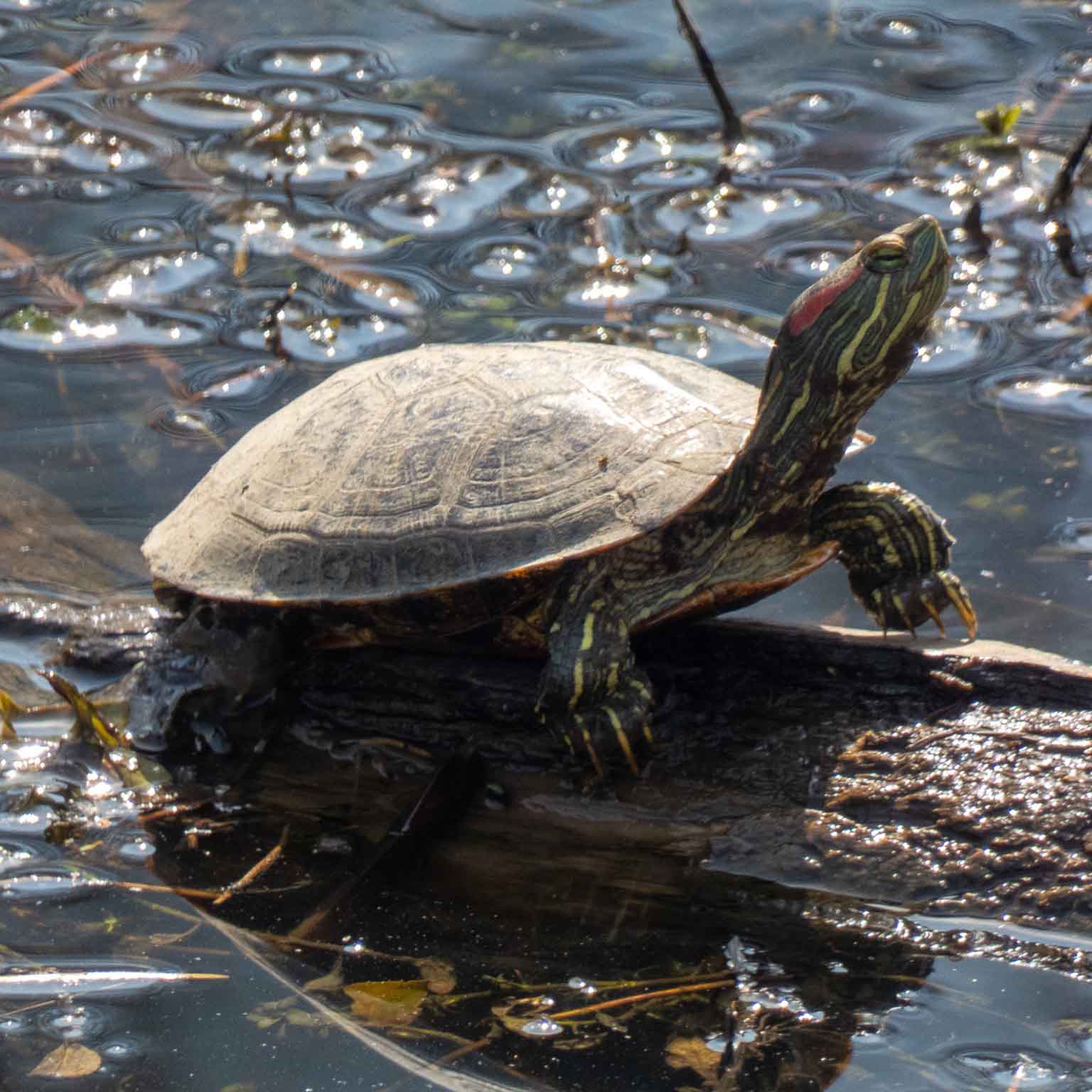 Etienne Falquet
Etienne Falquet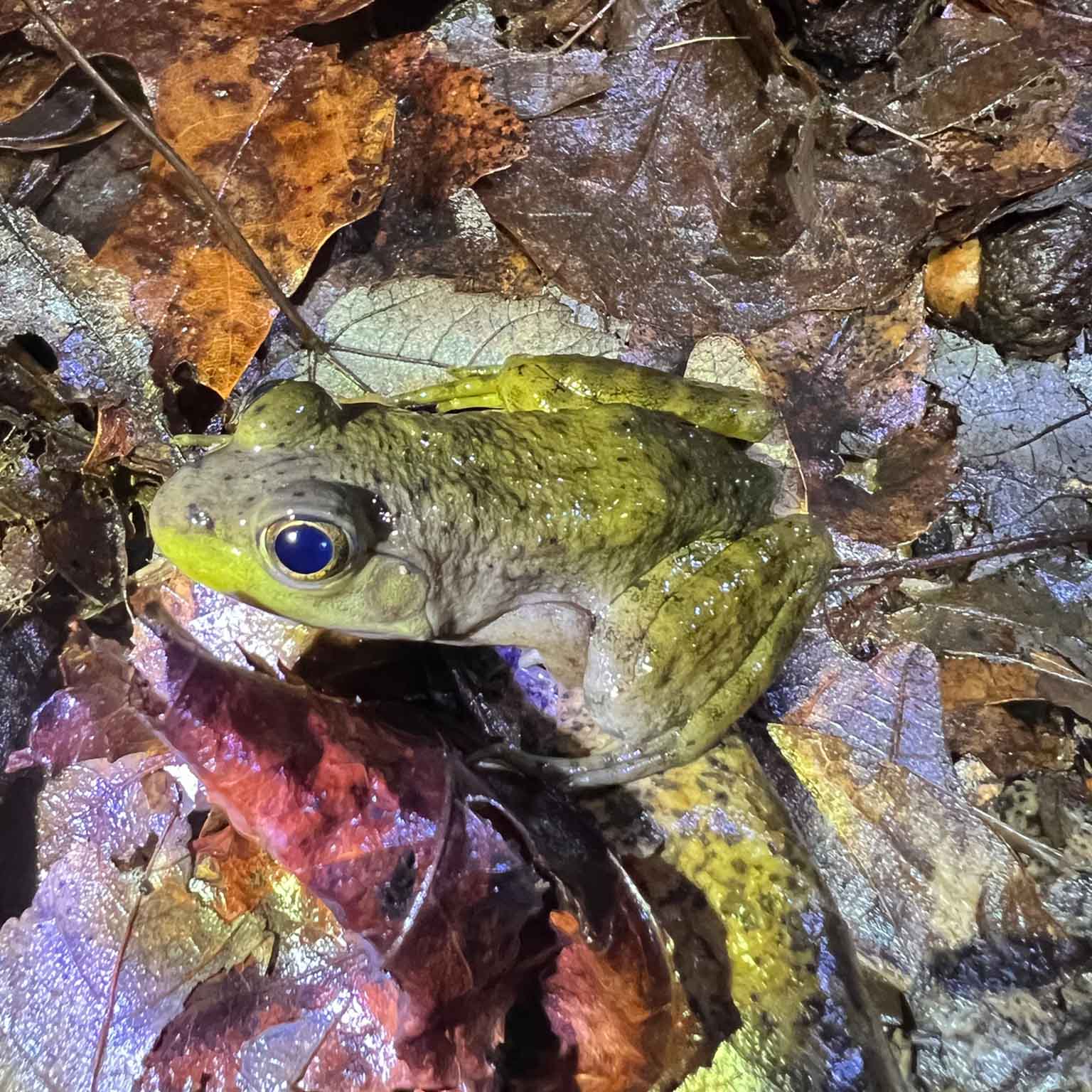 ryman56
ryman56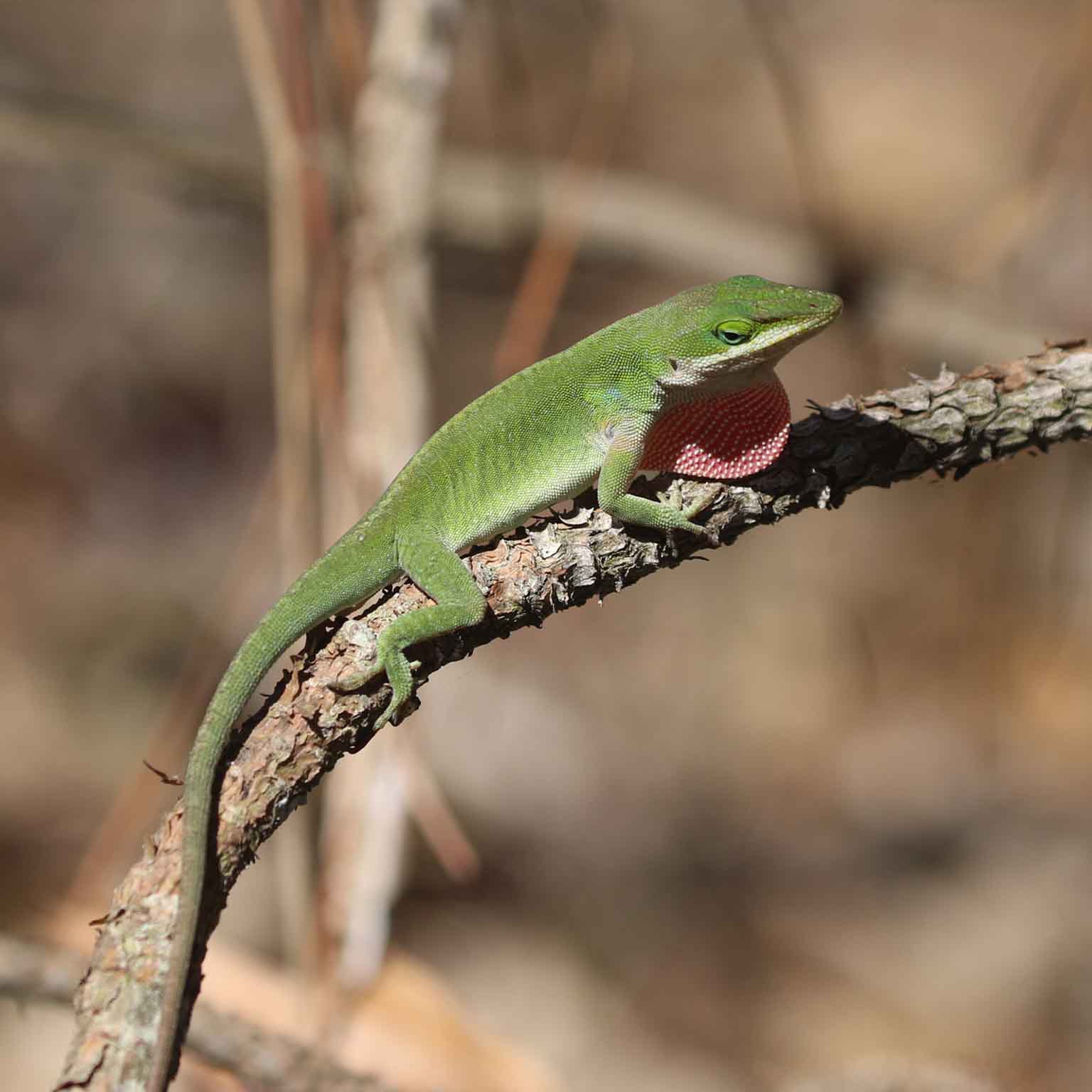 Henggang Cui
Henggang Cui